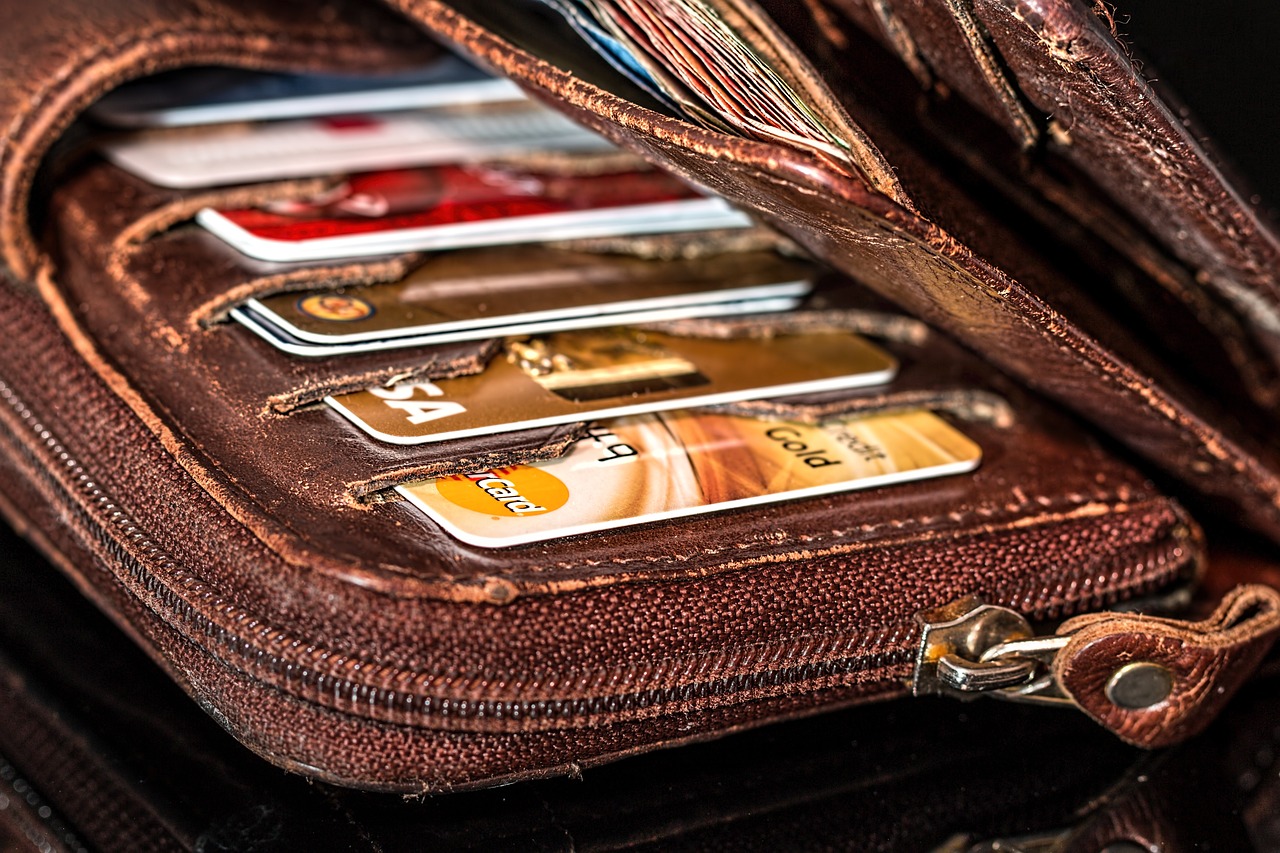Hello, dear reader. Allow me to begin by congratulating you on having the guts to open this article, in spite of the terrifying possibility that it might contain useful information about personal finance. Kudos, really! Let’s embark on this thrilling journey into the exciting world of debt management, where I’ll do my utmost to inject a hint of humor into a topic that’s as dry as your Uncle Marvin’s Thanksgiving turkey. So, sit back, relax, and get ready for the easy-peasy guide on “How to Get Out of Debt”.
The first thing you need to know about debt is that it’s much like a freeloader — always there, often uninvited, and occasionally leaving behind a mess for you to clean up. Unfortunately, it won’t simply disappear if you bury your head in the sand like an ostrich or ignore it like a pesky younger sibling. No, my friends, debt is more clingy than a homesick sloth.
Now, let’s begin with Step 1: Admitting You Have a Debt Problem. Let’s say you’re in denial, casually pretending those credit card bills are merely decorative elements for your coffee table. Newsflash! They’re not. The first step to getting out of debt is admitting that you’re in debt. Don’t worry; there’s no need for a tear-filled confession or dramatic reality TV confrontation, just a sincere acknowledgement of reality.
Moving on to Step 2: Knowing Your Debt. This is the exciting part where you get to play detective. Grab your magnifying glass and find out exactly who you owe, how much you owe, and the interest rate on each debt. List it all out. Don’t be surprised if you start humming the theme from ‘Mission Impossible’ while doing this. Just roll with it.
Once you’ve done that, you are ready for Step 3: Budgeting. Ah, budgeting, the dietary restriction of finance. Just like dieting, budgeting is all about cutting the fat (i.e., unnecessary spending). You need to track your income, expenses, and find ways to save. If you’re anything like me and you’ve started yawning just reading about it, let me assure you, the exciting world of spreadsheets awaits you! So get ready to be dazzled by the glamour of numbers and pie charts.
Step 4: Prioritizing Your Debt. Much like choosing which reality TV show to binge-watch next, you’ve got to decide which debt to attack first. Pay off high-interest debts before lower interest ones. It’s just common sense, like not putting pineapple on pizza or avoiding discussing politics at family gatherings.
Step 5 is: Creating a Repayment Plan. This is the point where you make an actual plan to pay back your debt. In other words, it’s when you stop thinking about it like a vague ‘tomorrow’ concept and start actually doing something. Crazy, right?
Finally, we come to Step 6: Stop Creating More Debt. It’s as if you’re digging a hole, look up, and finally decide to stop digging. Sounds simple? Well, in this case, you have to put down the shovel, walk away, and resist the temptation to buy that shiny new thingy you think you absolutely need. It’s like ignoring that last slice of cheesecake in the fridge, even though it’s calling your name in the wee hours of the morning.
But wait, there’s more! Here’s a bonus Step 7: Establishing an Emergency Fund. It’s a fund for, well, emergencies. Like when your car decides to imitate a dying dinosaur or when your refrigerator starts acting more like an oven. An emergency fund is the financial equivalent of a super-strong, jaw-droppingly handsome superhero, swooping in to rescue you from unexpected financial disasters. It’s your monetary knight in shining armor, minus the horse and the fancy cape.
Remember, tackling debt is like trying to rid your lawn of zombies during a zombie apocalypse. It may seem impossible at first, but with the right tools and strategies, you’ll have that zombie-debt-free lawn in no time. Keep your spirits high and don’t forget to arm yourself with a sense of humor, for when the going gets tough, the tough get laughing!
To wrap things up, let’s conclude with some Debt-Busting Tips from a random Savvy Finance Guru (that’s me, if you hadn’t guessed). Here we go:
1. Avoid the ‘Out of Sight, Out of Mind’ Trap: When it comes to debt, ignorance isn’t bliss; it’s a first-class ticket to Bankruptcyville. Check your statements regularly. This doesn’t mean you have to conduct a candlelit vigil with your credit card statements every evening, but knowing where your money goes is as important as knowing where the remote control is on game day.
2. Don’t Fall for the Minimum Payment Temptation: Paying the minimum due on your credit card is like trying to empty a bathtub with a teaspoon while the tap is still running. Make an effort to pay more than the minimum amount due, and you’ll see your debt diminish faster than your enthusiasm for a gym membership in February.
3. Bargain Hunting is Your New Hobby: Saving money is an art, my friends, and who doesn’t want to be an artist? Swap that high-end store for a discount one. After all, no one needs to know where your clothes or home decor come from. What matters is that you’ve managed to afford them without pawning your grandma’s jewelry.
4. Say No to ‘Retail Therapy’: Going shopping when you’re sad or stressed is like eating cake when you’re on a diet. It feels great at the moment, but the regret afterwards isn’t worth it. Find other forms of therapy — ones that don’t involve swiping your credit card like a maniac.
In short, managing your debt is a bit like trying to herd cats — frustrating, seemingly impossible, but surprisingly rewarding when you see progress. By following these simple (note the sarcasm), absolutely not terrifying steps, you’ll find yourself on the path to financial freedom. And remember, no one ever lay on their deathbed wishing they’d spent more time worrying about money, so tackle your debt, but don’t forget to enjoy the priceless moments in life, too. Happy budgeting, folks!



